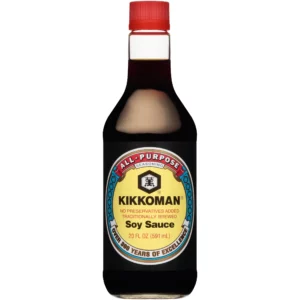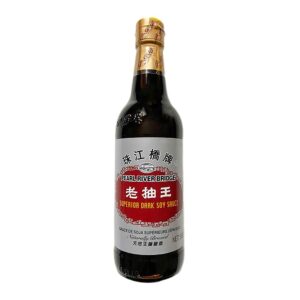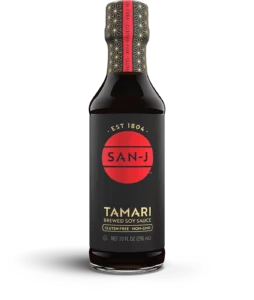


Sometimes recipes from Asian cultures, mainly Chinese, will refer to “light soy sauce”. This is not the same thing as low sodium soy sauce. There are lots of different types of soy sauce, but there is a common distinction between “dark” and “light” soy sauce.
Dark soy sauce is, you guessed it, darker than its counterpart. I find the taste deeper, richer and more caramelly. It’s often used to color food, and if you swirl some around in the bottle, you’ll see that it coats the inside of the bottle with a dark film. Dark soy sauce will almost always be labelled such, so look for it on the label if you need some.
Light soy sauce is the common stuff you see as a condiment in restaurants. It’s lighter in color and viscosity, so it won’t coat the inside of the bottle or dramatically change the color of your food. I find light soy sauce to be saltier than dark. If it doesn’t say “dark soy sauce” on the label, it’s most likely light.
Tamari is a traditional Japanese soy sauce that is kind of between light and dark. The flavor is richer and it is thicker than light soy sauce, but not quite as thick or dark as dark soy sauce. Unlike other soy sauces, which use a more modern process that involves wheat, tamari should never have wheat listed as an ingredient. If it does, don’t buy it.